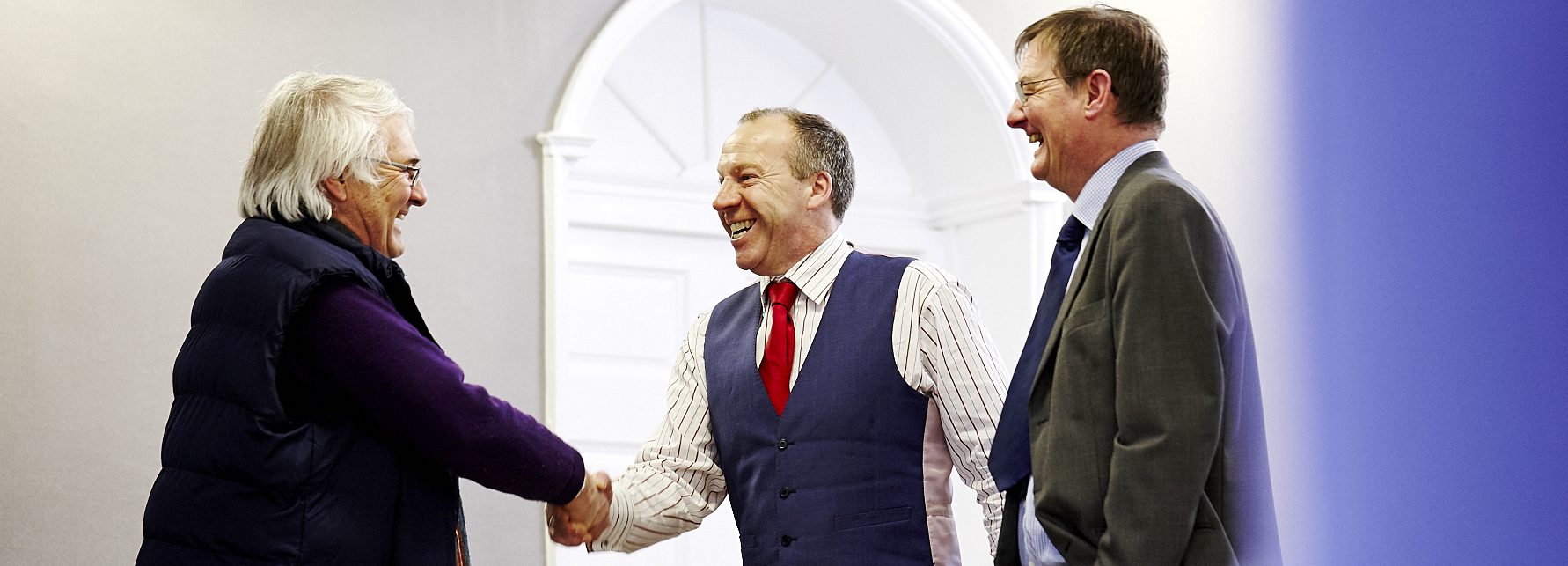

DB Wood Team
26th January, 2018
Hot Topics
Children Learn, Adults Work and Old People Rest…. Or do they?
In the classic three-stage model of life’s cycle; children learn, adults work and old people rest. As a result, most institutions still treat 65 as a cut-off point for social and economic usefulness, and the State start seeing people as a financial burden rather than an asset. There is an assumption that careers draw to a close, contributions to the economy cease and bus passes are granted.
The larger the “65-plus” group grows when compared with the population of working age, the more policymakers worry about the costs of their healthcare and pensions. In the UK, our population has grown by 20% since 1974*, yet the birth rate has declined by a similar margin. Due to improvements in health and medical science, the death rate has also fallen by around 5% per annum.
The UK is not alone in this trend, though it is fascinating to see how different parts of the world have different issues. Did you know that by 2050 Japan’s population will have an average age of 53, whilst at the same time Nigeria’s will be 23?! Two huge challenges for the respective countries. What will Japan do to stimulate economic productivity as their population grows? How might spending patterns change? In Nigeria, how will they accommodate this huge wave of young people who will all need jobs, development and opportunity? The implications of this type of theme are an example of what our investment team consider; the ‘old ratio’ is a trend that is growing throughout the developed world, including China, and is a major threat to long term inflation, productivity, economic and social development.
Now as we get older, we know that policemen look younger. After 25 years experience of looking after client journeys from career to retirement, I disagree with the State’s view and can officially declare that “old” is a relative term. The first pension plan was granted in Prussia in 1880 (65 was still the retirement age), and since then life expectancy has gone through the roof. Today the average 65-year-old can expect to live another 20 years!
Three more counter comments to add to the debate:
- It’s true that most people in developed countries can safely say that ‘old age’ kicks in later than before… but it’s also true that it lasts longer and we are generally healthier.
- Healthy-life expectancy has grown roughly in tandem with life expectancy; for many, 70 really is the new 60 (and I am hoping 50 is the new 40)!
- Surveys show that the majority of the younger over-65-year-olds increasingly want to stay actively involved in their communities and economies. Few want to retire in the literal sense of the word, and many want to continue working but on different terms than before, asking for more flexibility and fewer hours.
Irrespective of one’s view, most people agree that ageing is a gradual process, which people experience in different ways. While some may feel old at 65, nowadays most do not. Acknowledging that there is a new stage of life between full-time work and old age would help everyone make the most of longer life spans.
Everyone is different, but as with most things in life, where you sit on the retirement scale between super active and relaxed comes back to personal preferences and aspirations. For many of the clients I am privileged enough to know and work with, the post-retirement years are full of exciting new ventures and experiences. Others that are unfortunate enough to counter illness or immobility, require care and support. The commonality… both require funding and more importantly, planning. The sooner you start these conversations and better understand the type of person you want to be post-65, the sooner we can start improving the chances of it all happening for you. So, I come back full circle… the debate is fascinating, the stats are fascinating, but the outcome is the same… be who you want to be, and plan for it.
* Source: Office of National Statistics…
Categories
Recently Written
Join our mailing list



